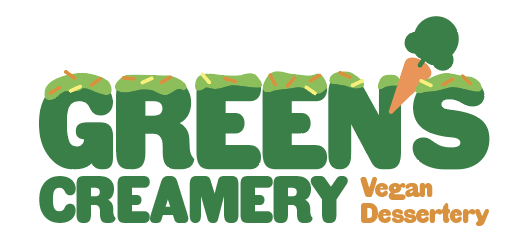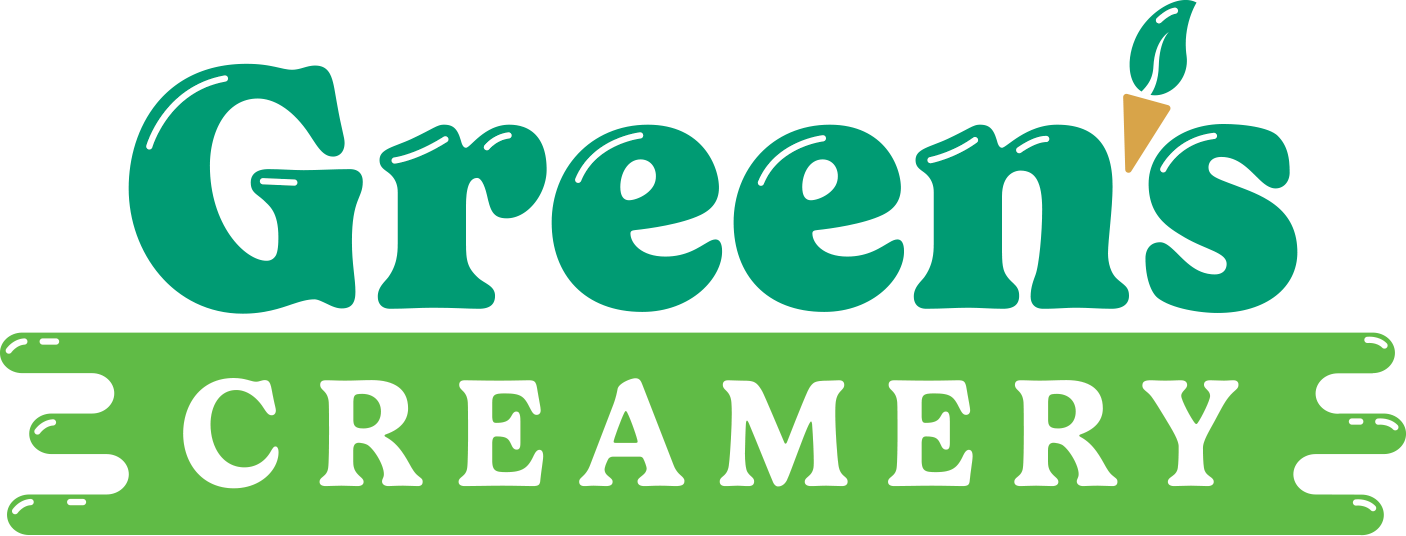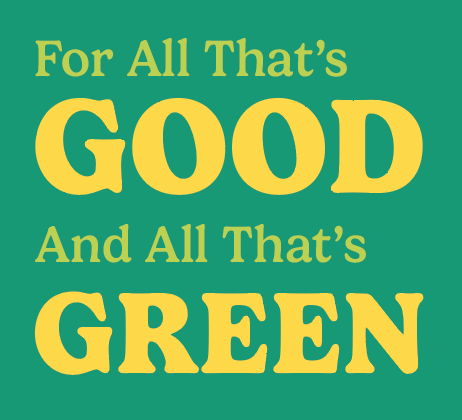
let’s talk process.
I consider my most valuable asset to be the research and process skills that I’ve developed as a designer. Follow my train of thought as I develop a brand identity step-by-step.
Getting the Lay of the Land
Step #1
The first step in my process is one of identification; I begin by researching real-world attributes of the space my client will inhabit: Who will be the audience for this project? How will it be effectively distributed or advertised? What products or brands already exist that could be a competitor in the market, and what are their benefits and drawbacks?
In this example, my chosen product was a vegan ice cream parlor. I deduced that a younger population of urban millennials and their children should be the audience I craft the brand around, as my research showed this demographic to be more largely adherent to a vegan lifestyle. This, as well as my research into the faults and successes of a number of vegan desserteries, would inform the following steps of my process.
A Storm in the Brain
Step #3
Once I have a clear idea of the real world ramifications of my client, I begin a period of rampant brainstorming. This is not limited to any singular medium, as I try to get as much out on paper to work with, regardless if it’s an image, a logo, or a piece of copywriting. One of my most frequent methods of brainstorming are mind maps, in which I write down as many word associations as I possibly can on a single piece of paper. This allows me to develop initial ideas and connections that I can utilize as I move forward. In this case, I wanted to create a series of symbols that visually demonstrated what my vegan ice cream parlor was, as well as making it suitable for the demographic.
Ideation, Ideation, Ideation
Step #2
Once I have a good base of ideas that are informed by my research, I begin ideating visuals and collateral. I begin by identifying a number of concepts that will serve as the main visual language behind the project. These initial concepts are numerous and varied, and will usually change and adapt as the project continues. Using these concepts, I ideate elements that belong to one of these uniting themes, and experiment with combining and editing such pieces until I reach a suitable library of logos, designs, and other visual elements. This is also when I most like to receive critique on my work, as it is the period in which user feedback is the most vital. Through this process, I can develop a number of people-driven solutions.
Picking Favorites
Step #4
The final step to completing a client project ends with a final development period of creating a cohesive and applicable series of visual items that represent the concept as a whole. These can be logos, signage, deliverables, websites, or advertisements, but regardless of medium should feel united and intentional. This step often results in a frequent return to the prior step, going back to my ideations when a particular solution seems out of place or isn’t working. This is also another instance where critique is invaluable; by this point I often find myself so ingrained into a singular system that I require a second pair of eyes to highlight any remaining incongruence or clarity issues.


















